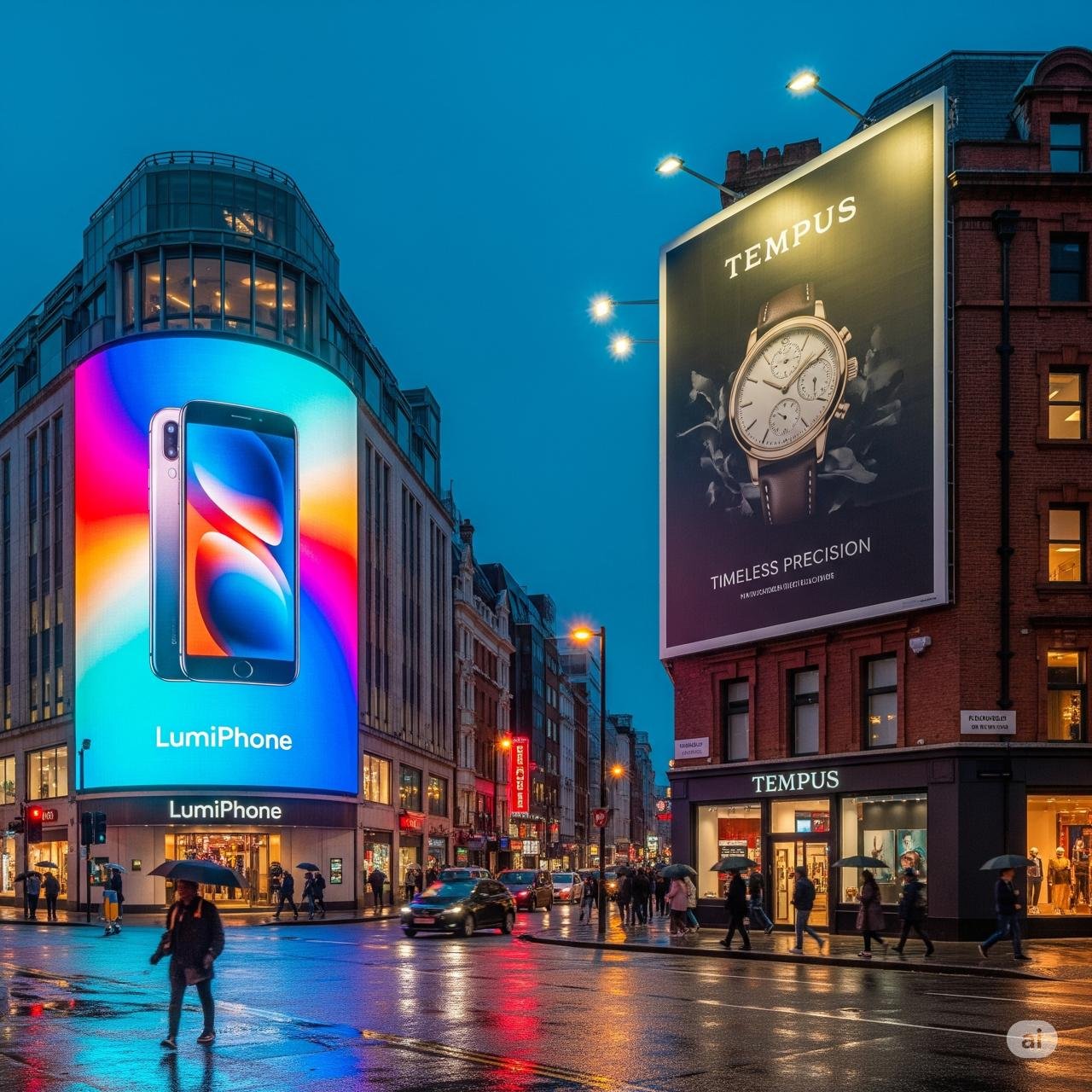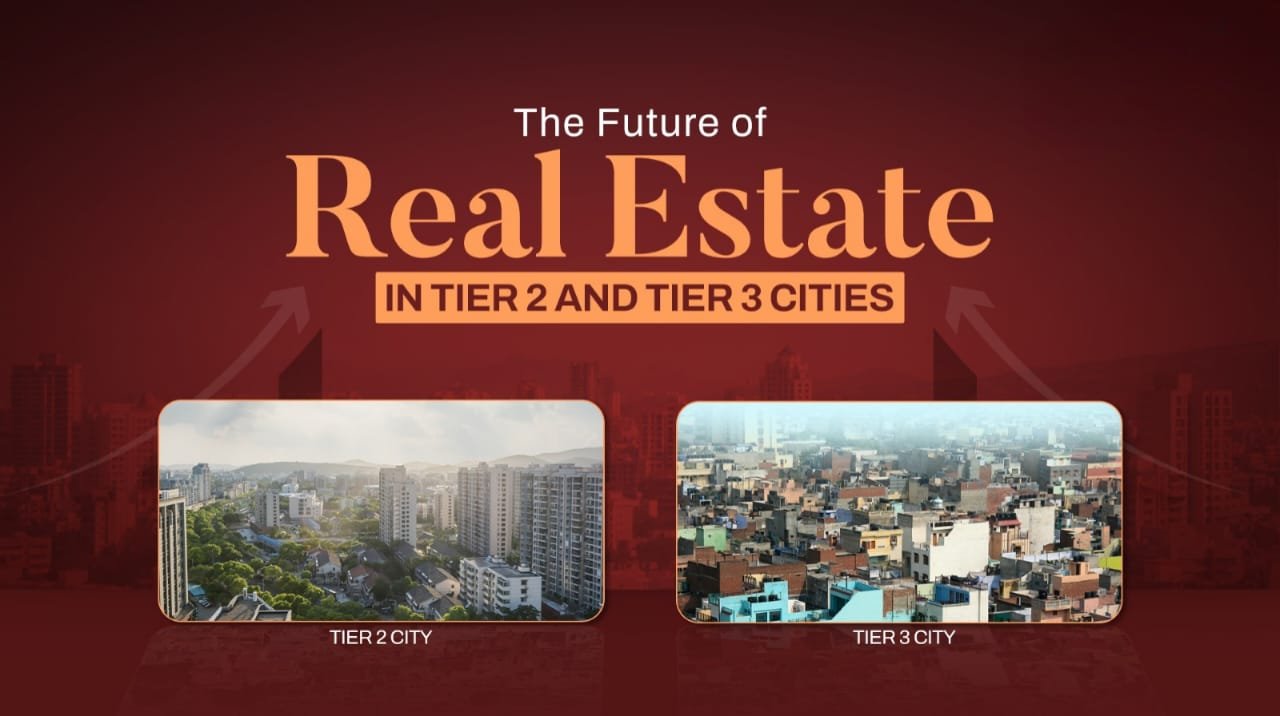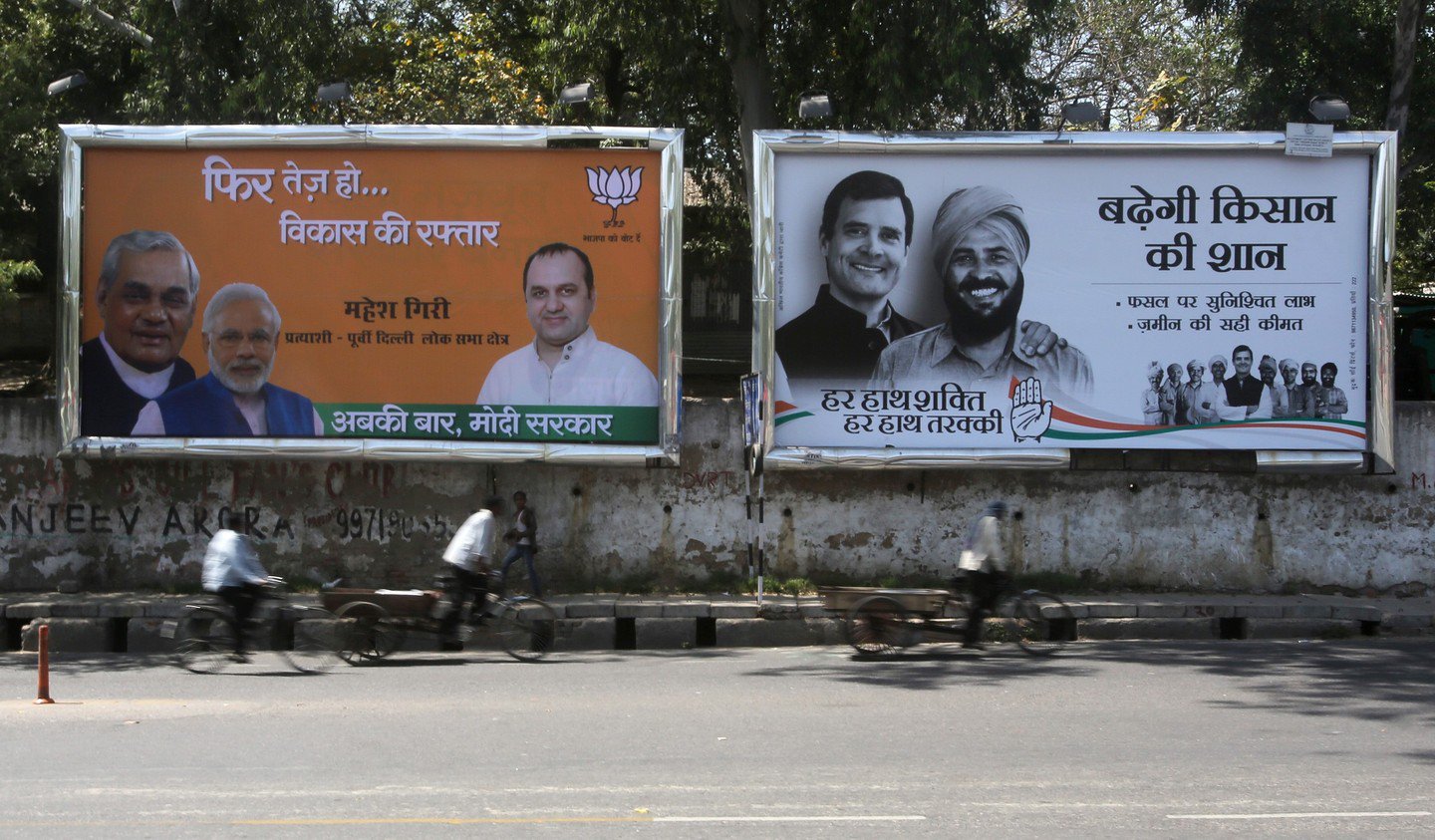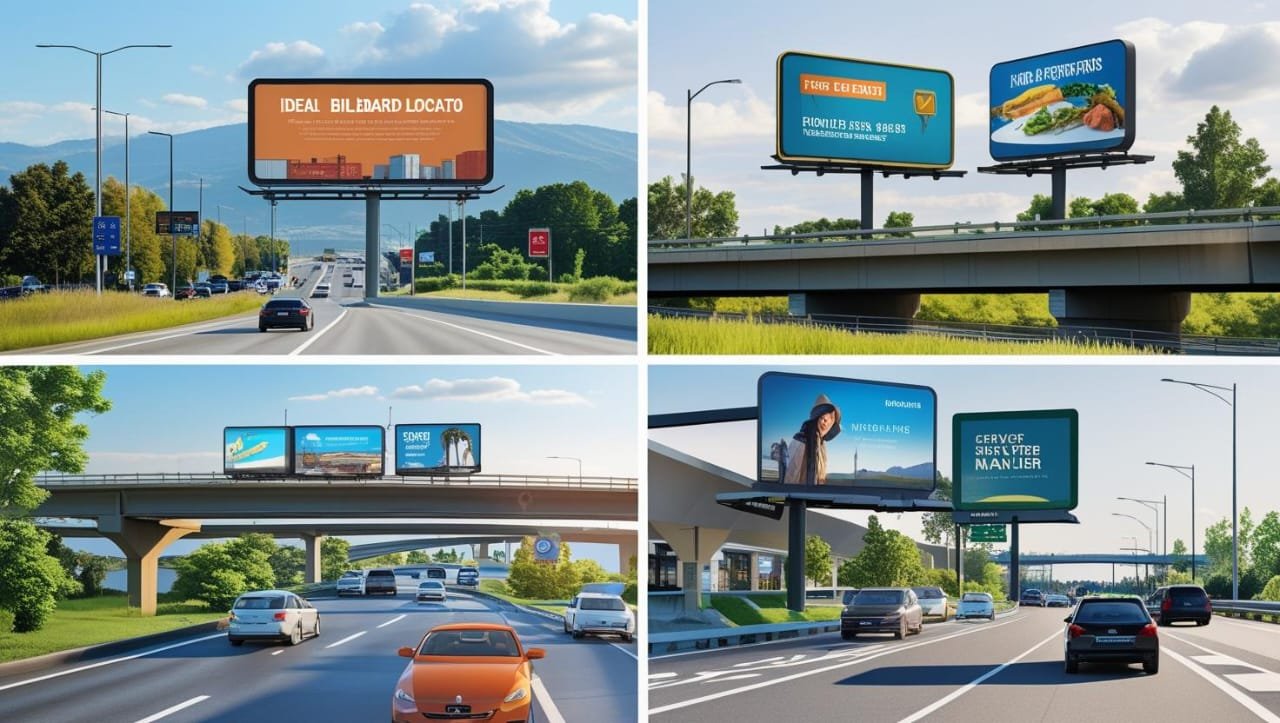Walk through any busy road in Delhi, Bangalore, or Mumbai, and you’ll notice something: outdoor advertising is no longer just giant sheets of vinyl. More and more, you’ll see LED hoardings—massive screens flashing ads that change every few seconds, sometimes even moving like mini-TV commercials. But alongside them, the classic print hoardings haven’t gone anywhere. They’re still there, standing tall, bold, and steady.
So here’s the big question: in this tug-of-war between print and LED hoardings, which one actually makes sense for your business?
To answer that, let’s break it down—not with jargon, but with real-world logic, examples, and the kind of thought process a brand manager or a local shop owner would actually go through.
Why Print Hoardings Still Work
Print hoardings are the old guard of advertising. They’ve been around forever. And you know what? They still work—sometimes better than all the flashy tech out there.
Here’s why:
- Simplicity wins. A well-designed static hoarding does one thing really well—it sticks in your mind. You pass the same road every day, and that big bold text and image burn into your memory. You might not even realize it, but a week later, you’ll remember that tuition center’s phone number or that café’s opening date.
- Cost-effective. Printing and mounting a hoarding is usually cheaper than renting an LED space. That’s why local businesses—clinics, coaching centers, salons, restaurants—still swear by them. If you’re not playing with massive marketing budgets, print gives you visibility without bleeding your wallet dry.
- Less can be more. Think of the legendary Amul hoardings. Simple cartoon, witty one-liner, bang-on timing. They never needed moving graphics or neon lights. People stopped and smiled because the creativity itself was strong. Print forced advertisers to keep it sharp and to the point.
Of course, print has its drawbacks. Once it’s up, it’s up. No quick changes, no multiple messages, no evening vs. morning targeting. And if a storm tears off half the vinyl, well—good luck.
But here’s the truth: for steady, consistent messaging, print is still unmatched.
The LED Advantage: Flash, Flexibility, and Attention
LED hoardings are the new rockstars of outdoor advertising. Bright, bold, impossible to miss—especially at night. They’re not just hoardings; they’re basically giant TV screens dropped into the middle of your commute.
The advantages are obvious:
- Dynamic content. You don’t have to stick to one message. You can run five different creatives in rotation. A soft drink ad in the afternoon when it’s hot, a food delivery ad at dinner time, and a fashion sale late at night. Same space, multiple ads, different moods.
- Easy updates. No reprinting, no ladders, no messy glue. Want to change your campaign overnight? Just update the file. That’s a game-changer for businesses that run frequent offers or seasonal promos.
- Premium perception. Let’s face it: LEDs look expensive, and that gives your brand a certain shine. If you’re launching a luxury car, a tech gadget, or a lifestyle brand, you want that glow of modernity. Static print just doesn’t give you that same vibe.
- Better for cluttered cities. With so much visual noise on the streets, motion instantly catches the eye. Your brain notices movement first. That’s why LED hoardings often stand out even when surrounded by dozens of static ones.
But—and there’s always a but—LEDs are not for everyone. They cost more, not just in rent but also in electricity and maintenance. In some cities, regulations limit their brightness or where they can even be installed. And in broad daylight, especially in India’s blinding sun, LEDs don’t always look as impressive as they do at night.
Which One Fits Your Business?
Here’s where most people get stuck. Should they go for the tried-and-tested print hoarding or the modern, dynamic LED? The answer really depends on your business goals.
- Local businesses (cafés, gyms, salons, coaching centers): Stick to print. It’s affordable, reliable, and reaches the same audience every day. You don’t need moving graphics to convince people to try your new biryani joint near the metro station.
- Big brands with changing offers (e-commerce, electronics, fashion): LEDs are your playground. You can run multiple creatives, sync them with time of day, or even tie them to live events. Imagine showing cricket score updates on your LED hoarding while subtly plugging your product—it’s a win.
- Events and launches: LEDs work best when you need hype. Product launch coming up? Concert in town? You want energy, motion, and excitement. LEDs can deliver that better than print.
- Budget-conscious advertising: If cost is a big concern, print is still the smarter choice. You can cover more locations for the price of one flashy LED. Reach often matters more than showmanship.
A Hybrid Approach
Here’s a little secret: the smartest brands don’t pick one or the other. They use both.
Think of it like this: print gives you stability, LEDs give you flexibility. A campaign that runs print hoardings across the city for mass presence, combined with LED hoardings at high-traffic junctions for impact, gets you the best of both worlds.
One example: a fashion retail brand might use print hoardings near residential areas announcing their seasonal sale (“Flat 50% Off”), while running flashy LED hoardings in malls or busy crossings to showcase their latest collection. That way, they cover both awareness and excitement.
The Real Question: Content Over Medium
Let’s be brutally honest—neither LED nor print will save a boring idea. A dull ad on a glowing LED screen is still dull. And a clever, funny, or emotional print hoarding can beat a flashy screen any day.
What really matters is the story you’re telling. If you understand your audience and craft a message that feels like it’s talking directly to them, the medium becomes secondary.
Think about it: people still share photos of witty print hoardings on social media. And they also stop to watch eye-catching LED animations. Both can work. Both can fail. The difference lies in the creative, not just the format.
Final Thoughts
So, LED vs. print—who wins?
The truth is, it’s not a fight. It’s a choice. And the right choice depends on your brand’s personality, your budget, and your audience.
- If you want reach, consistency, and affordability—print hoardings are your friend.
- If you want dynamism, flexibility, and premium appeal—go for LEDs.
- If you want the smartest results—mix both.
Outdoor advertising isn’t about technology alone. It’s about moments. That split second when someone stuck in traffic looks up and notices your ad. Whether it’s static or moving, printed or glowing—if your hoarding connects, you’ve won.
Because at the end of the day, people don’t remember the format. They remember how the ad made them feel.



